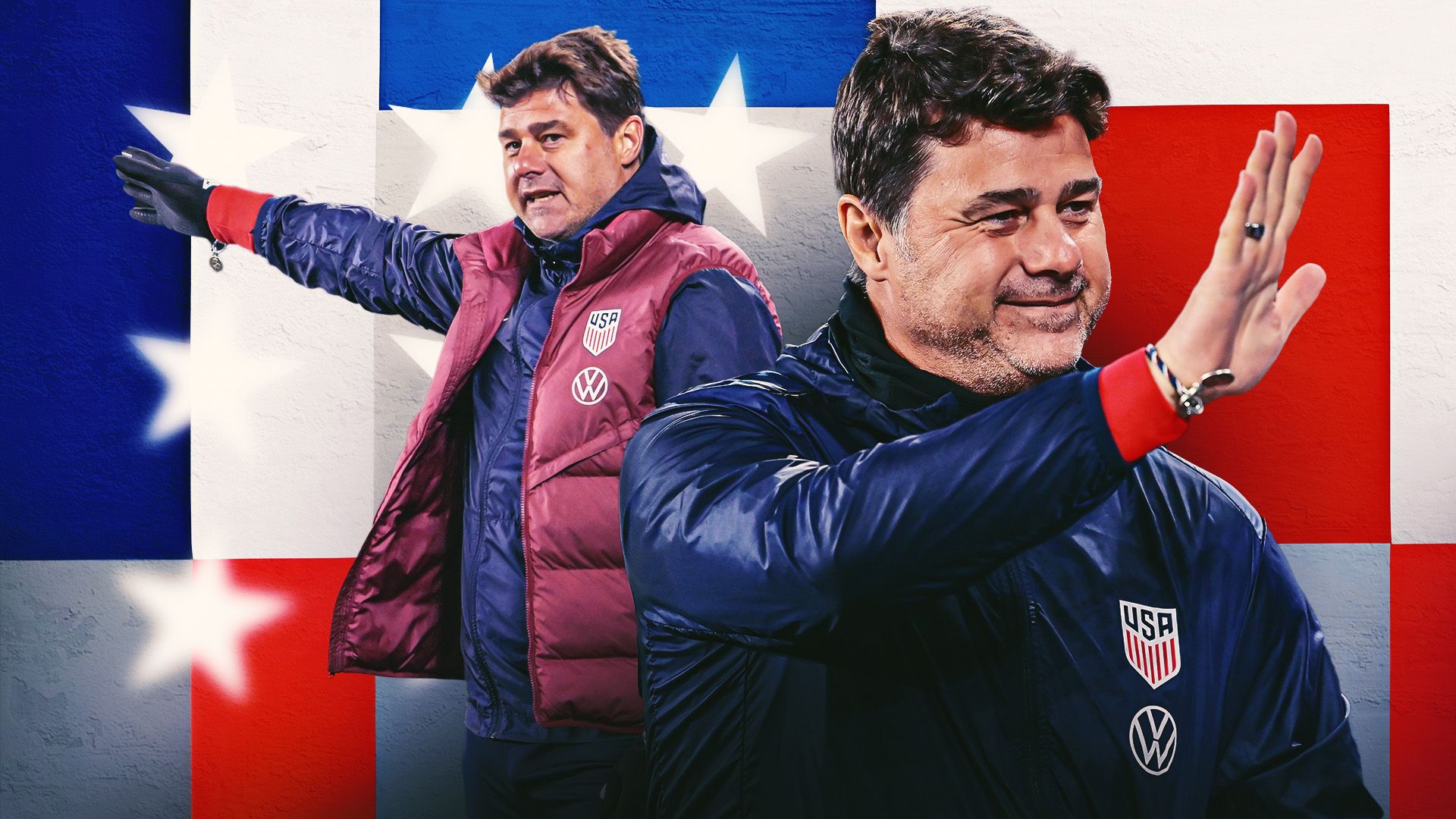USMNT Gold Cup run gives Pochettino vital lessons
USMNT Gold Cup campaign served as the perfect classroom for new coach Mauricio Pochettino, exposing flaws, revealing strengths, and sharpening focus ahead of the 2026 World Cup on home soil. While the trophy slipped away after a 2-1 loss to Mexico, the journey mattered more than the destination.
Key USMNT Gold Cup takeaways
The USMNT Gold Cup experience highlighted five critical themes.
1. Mental toughness must grow. Pochettino’s side conceded first in four of six matches, often chasing games instead of controlling them.
2. Squad depth is developing but still thin. Injuries to Tyler Adams and Christian Pulisic forced the manager to test fringe options such as Malik Tillman and Paxten Aaronson. Both flashed promise, yet neither consistently filled the leadership vacuum.
3. Set-piece defending remains an Achilles heel. Mexico’s opener in the final came from a recycled corner, the third dead-ball goal the U.S. allowed all tournament.
4. Trust in youth is paying dividends. Eighteen-year-old Kevin Paredes emerged as a fearless left-back, while striker Folarin Balogun bagged four goals, topping the internal scoring charts.
5. Culture is changing. Pochettino’s insistence on shared responsibility—players address the group before coaches—fostered accountability rarely seen in prior cycles.
Pochettino’s tactical evolution
Pochettino arrived with a high-press 4-2-3-1 blueprint but adapted quickly. Against Honduras he switched to a back three to protect the flanks, and versus Canada he used inverted full-backs to overload midfield. Such flexibility suggests the USMNT Gold Cup lessons are already reshaping his playbook.
Midfield balance still unsettled
Weston McKennie operated as a free rover, yet without Adams’ defensive shield, gaps appeared between lines. Johnny Cardoso impressed as a destroyer in the semifinal, hinting at a potential double-pivot partnership.
Individual winners and strugglers
Folarin Balogun’s clinical movement silenced doubts about the No. 9 position. Goalkeeper Matt Turner produced a tournament-high 27 saves, though his distribution remains shaky. Conversely, veteran Tim Ream struggled with Mexico’s speed, underlining the need to usher in Chris Richards or Miles Robinson sooner rather than later.
Statistics that tell the story
• Shots on target: USA 34 / Opponents 29
• Possession average: 57%
• Passes into final third: 525, but only 14% converted into clear chances
• Set-piece goals conceded: 3 (worst among semifinalists)
These numbers reinforce that creativity is blossoming, but decision-making in the box and concentration at the back must improve.
What the defeat means for 2026
Losing a regional final hurts, yet perspective matters. The USMNT Gold Cup run provided competitive reps against CONCACAF rivals, the kind of pressurized minutes friendlies cannot replicate. More importantly, Pochettino now owns game film on every player in high-stakes moments, informing roster choices when the lights get even brighter.
Roadmap to the next milestones
• September Nations League window: expect experimentation with a true 4-3-3 featuring Pulisic and Reyna as dual 10s.
• January camp: domestic talents like Benjamin Cremaschi and Caleb Wiley could earn extended auditions.
• Copa América 2024: the measuring stick against top South American opposition. A quarter-final target feels realistic, but advancement will demand eliminating the costly lapses witnessed this summer.
How Pochettino is shaping the locker-room
The Argentine’s passion is unmistakable—animated touchline sprints, post-match hugs, and a refusal to single out scapegoats. He handed every squad member at least 45 minutes, a gesture building trust and rewarding training-ground effort. Veterans praise clearer communication compared to previous regimes; younger faces appreciate simplified tactical language that lets instincts thrive.
Voices from the camp
• Balogun: “The gaffer told me to attack space without fear. I’ve never felt freer in a national-team shirt.”
• McKennie: “We’re encouraged to solve problems ourselves before the staff steps in. It’s empowering.”
• Pochettino: “This tournament was a mirror—sometimes you like what you see, sometimes you fix your hair.”
Lessons the fans should embrace
Supporters sometimes equate progress solely with silverware. The USMNT Gold Cup journey illustrates growth is rarely linear. A final defeat stings today but might become the chapter historians cite as the turning point when 2026 glory is chased.
The bigger picture for CONCACAF
Mexico proved resurgent under Jaime Lozano, Canada’s golden generation keeps rising, and Panama’s tactical discipline earned admiration. Far from a stroll, the region is evolving, forcing the U.S. to elevate standards. That competitive push should sharpen the stars-and-stripes edge.
Data-driven player ratings snapshot
• Balogun 8/10 – movement, finishing, pressing intensity
• Turner 7.5/10 – shot-stopping elite, distribution 5/10
• McKennie 7/10 – engine, late-box runs, but positional lapses
• Paredes 7/10 – fearless overlaps, still naive defensively
• Ream 5/10 – leadership intact, recovery pace exposed
Final word: turning lessons into legacy
The USMNT Gold Cup run was never about immediate gratification. It was about data collection, culture formation, and stress-testing blueprints. Pochettino returns to Chicago headquarters armed with insights no whiteboard session could replicate. If he and his staff translate those revelations into smoother build-up play, tighter marking, and unwavering belief, the United States will arrive at the 2026 World Cup battle-hardened and bold.
Opinion: Losing the Gold Cup final should sting, but accepting the pain is part of the process. Pochettino’s men are better today than six weeks ago—and that incremental climb, not a shiny trophy in July 2025, will ultimately define whether this golden window fulfills its promise.
Your global gateway to nonstop football coverage:
News Goal
Share this content:

